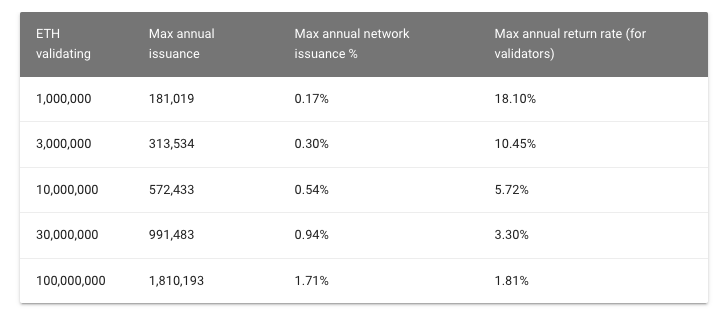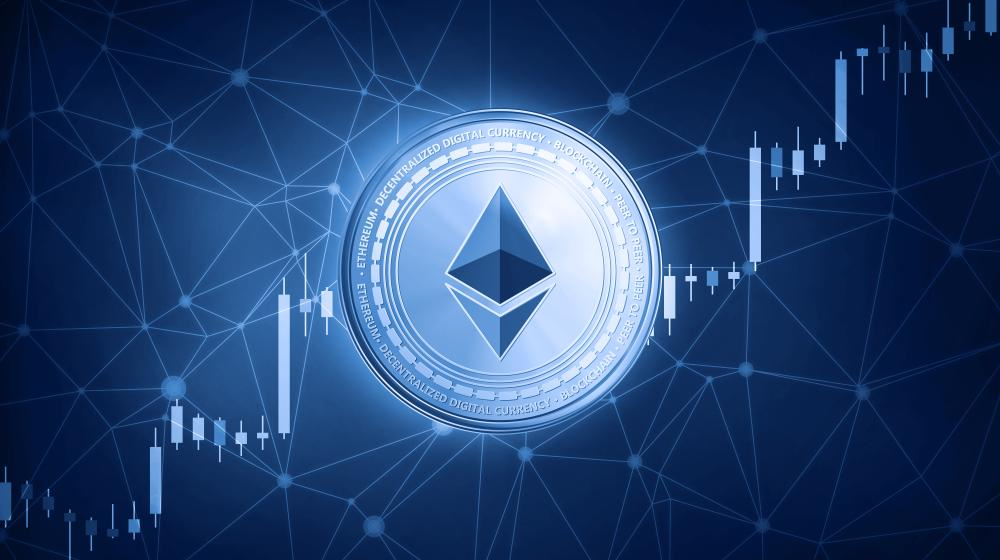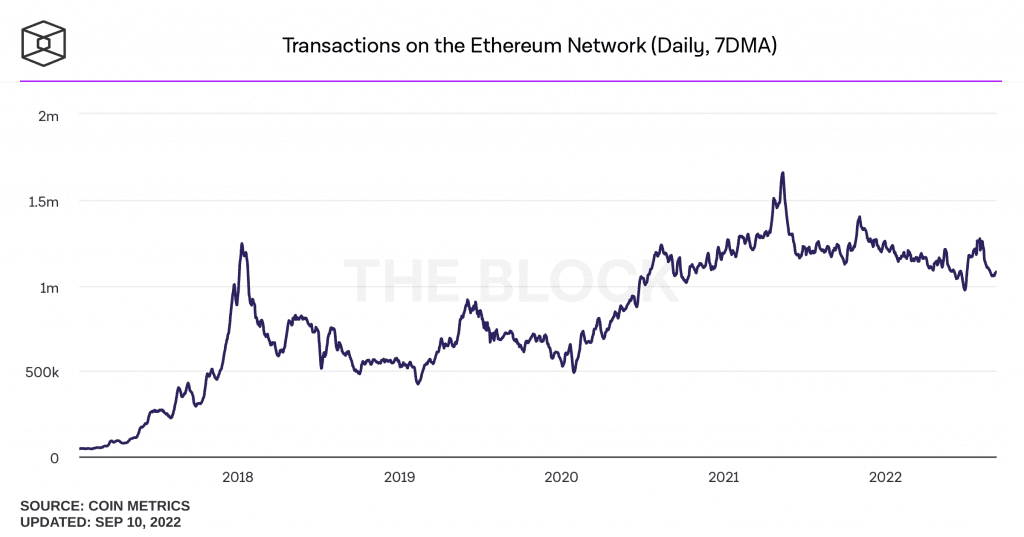The Merge is expected to happen over the next week and one of the most heated discussions has revolved around the expected return on Ethereum as it transitions to proof of stake.

There is a bit of a misconception that staking Ethereum will yield returns as high as 12% after The Merge. This is largely based on historical data that has changed drastically over the past year, such as the amount of ETH staking. Current staking and network usage data give a much lower return figure.
This is not to say that profits cannot reach higher estimates. It depends on several factors, such as the amount of ETH burned and network activity. But unless there is a large increase in market activity, such returns are unlikely in the short term.
For proof of stake to work, ETH needs to be staking to run validators. The validator generates and verifies new blocks, and without them, the network cannot function.
The return paid to validators comes from block rewards, tips paid for preferred transactions, and tips relative to the maximum extractable value (MEV). The block reward is shared by all validators. Ethereum’s return from block rewards is determined by the amount of ETH staking.

Tipping is also distributed to validators. During times of network congestion, users can tip validators so that their transactions take precedence over others.
The MEV reward is the ultimate ingredient for making Ethereum profits. Validators posting new blocks can reorder transactions, and users can attempt to pay validators a specific order they can profit from that order.
However, the Flashbots team says that the unusual returns from transaction reordering, transaction insertion, and transaction censorship in the block that miners are generating are negative aspects of MEV.

According to Dune Analytics, there are about 13.51 million ETH staking, representing about 11.3% of the total supply. This will put the block validation reward around 4%.
Other contributing factors to ETH staking returns, MEVs, and trading tips, largely depend on network usage. Other contributing factors to ETH staking returns, MEVs, and trading tips, largely depend on network usage.

More transactions and higher transaction costs lead to larger tips. This also results in a higher MEV gross margin and more ETH burned.
Throughout the past year, the transaction price has sometimes been as high as $200 for a token swap. Compared to today, that number has dropped significantly to about $5 to $10. This shows that the additional revenue will be much lower than before.
Selini Capital CIO, Jordi Alexander, has published his predictions for Ethereum’s APY staking in 2023 based on current data. By 2023, he predicts Ethereum validators will receive around 3.2% APY, including block rewards, MEVs, and transaction tips.
DISCLAIMER: The Information on this website is provided as general market commentary and does not constitute investment advice. We encourage you to do your own research before investing.
Join CoinCu Telegram to keep track of news: https://t.me/coincunews
Follow CoinCu Youtube Channel | Follow CoinCu Facebook page
Harold
CoinCu News























